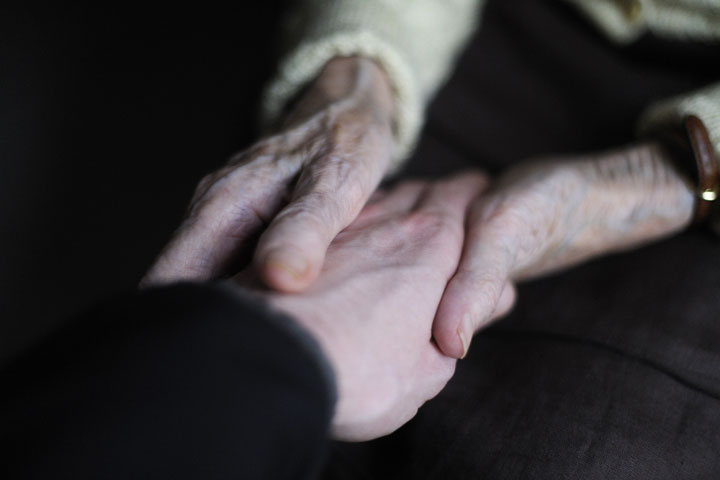Months after the Manitoba government announced personal care homes in the province would be outfitted with all-season outdoor shelters, some are still waiting while others face continued challenges.

The province commissioned the shelters in June to help residents safely visit their loved ones during the COVID-19 pandemic.
But eight months later, there are still setbacks with the $17.9-million project.
“In Winnipeg, we have 28 of them that are installed,” said Jan Legeros, executive director of the Long Term and Continuing Care Association of Manitoba.
“About a third of them are still being worked on.”
The province also cited unexpected construction delays and supply chain issues as reasons holding up the completion of 17 others, which are expected to be done next month.

According to the province, there are 162 shelters in Manitoba. Of those, 105 are external visitation shelters (EVS) and 57 are internal visitation shelters (IVS).
However, only around 70 per cent of them are currently being used.
“Visitations are actively occurring at 118 shelters,” a provincial spokesperson told Global News. “COVID outbreaks and minor construction finishes are taking place at some shelters, resulting in some short-term pauses in visitation.”
“Some homes are still trying to recruit staff necessary to help take care of residents while they are in the shelter and help with the extensive cleaning that needs to go on,” Legeros said.
Health Minister Health Stefanson declined an interview with Global News but disputed staffing has been an issue.
“We continue to work with the regional health authorities and personal care home operators to ensure these shelters are used to their fullest potential,” Minister Stefanson said in an email statement to Global News.
“Operators have indicated that staffing has not been a key reason why the shelters are not being used, but rather it’s due to operating hours of the facilities.”
Visitations at shelters have also been limited during level red restrictions.
Each resident may have two designated visitors who are allowed to visit one at a time. All general visitors have been banned during the province’s critical stage of the pandemic response system.
COVID-19 protocols also require both the visitor and the resident to wear a mask while in the shelter, which Legeros said has proven too difficult for some who suffer from Alzheimer’s Disease or dementia.
“One of the things that we were really hoping for was the possibility of installing plexiglass shields so the residents wouldn’t have to wear a mask because that’s very hard for them,” she said.
“Many don’t understand what its all about, many have a hard time speaking through the mask.”
However, the province said the airflow systems in the shelters are designed to protect personal care home residents by redirecting airflow away from them during visitations.
“The use of plexiglass shields impedes ventilation and airflow, reducing the protection to the resident. Accordingly, plexiglass barriers are not permitted,” said a spokesperson.
Stefanson said the design of construction of the shelters has been a complex process.
“The need to consider infection prevention and control and fire safety requirements,” she said. “The shelters were also designed and built with heating and air conditioning, so they can be used year-round.”
Some questions have been raised about whether the shelters will still be needed as the warmer weather approaches. Stefanson said it was important to invest in safe, year-round spaces for families to visit their loved ones.
“These shelters are an added protection for some of our most vulnerable citizens beyond the current global pandemic, including influenza season,” she said.
Stefanson also added that the the development of the shelters is on budget. However, the budget was increases to purchase an additional 15 shelters from the original order.
- B.C. to ban drug use in all public places in major overhaul of decriminalization
- 3 women diagnosed with HIV after ‘vampire facials’ at unlicensed U.S. spa
- Solar eclipse eye damage: More than 160 cases reported in Ontario, Quebec
- ‘Super lice’ are becoming more resistant to chemical shampoos. What to use instead









Comments